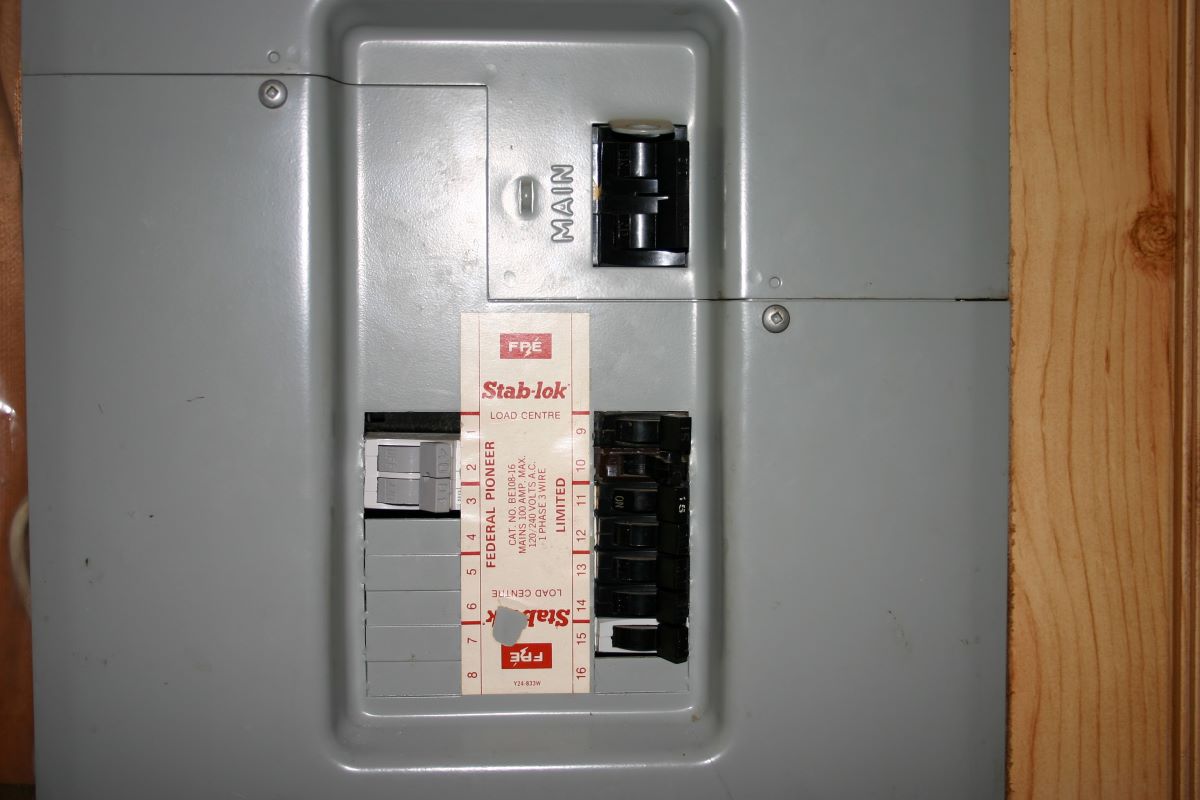

Articles
How Many Breakers In A 60 Amp Panel
Modified: December 7, 2023
Discover articles on how many breakers you can have in a 60 amp panel, including tips and guidelines to ensure electrical safety.
(Many of the links in this article redirect to a specific reviewed product. Your purchase of these products through affiliate links helps to generate commission for Storables.com, at no extra cost. Learn more)
Introduction
Welcome to our article on “How Many Breakers in a 60 Amp Panel.” If you’re in the process of installing or upgrading your electrical panel, understanding the ampacity and breaker requirements is crucial. In this article, we will delve into the specifics of a 60 amp panel and explore how many breakers you can accommodate.
Electrical panels, also known as breaker boxes or distribution boards, play a vital role in safely distributing electricity throughout your home or business. They house the circuit breakers, which protect the electrical system by automatically shutting off the power in case of an overload or short circuit.
To ensure the safety and efficiency of your electrical system, it’s essential to have a panel with the appropriate ampacity rating. Ampacity refers to the maximum amount of electrical current that a panel can handle without overheating or causing damage.
A 60 amp panel has a rated ampacity of 60 amps, meaning it can safely handle up to 60 amps of electrical current. This rating determines the number and size of breakers that can be installed in the panel.
Now that we have a basic understanding of electrical panels and ampacity, let’s dive into the specifics of a 60 amp panel.
Key Takeaways:
- A 60 amp panel can accommodate between 12 and 24 breaker spaces, each serving its own dedicated circuit. It’s crucial to consider factors like electrical load, breaker size, and code compliance when installing breakers in a 60 amp panel.
- While a 60 amp panel is suitable for moderate electrical demands in residential settings, it may have limitations for high-demand appliances or extensive electrical systems. Upgrading to a higher ampacity panel may be necessary to meet future electrical needs.
Read more: How Many Breakers In 100 Amp Panel
Understanding Amps and Breakers
Before we delve into the details of a 60 amp panel, let’s take a moment to understand amps and breakers.
Amps, short for amperes, measure the flow of electric current in a circuit. It represents the rate at which electricity is flowing. Think of it as the amount of water flowing through a pipe. Just as a larger pipe can handle more water flow, a higher amp rating allows for greater electrical current.
Breakers, on the other hand, are devices designed to protect the electrical system from overloading or short circuits. They are essentially switches that automatically trip and cut off the flow of electricity when the current exceeds a certain level or when a fault is detected.
Breakers come in various sizes or amp ratings, and these ratings correspond to the amount of current they can handle. Common residential breakers have amp ratings of 15, 20, 30, 40, and 50.
It’s important to note that the amp rating of a breaker should not exceed the rated ampacity of the electrical panel it is installed in. This ensures that the panel can safely handle the current without overheating or causing damage.
Now that we have a basic understanding of amps and breakers, let’s move on to the specifics of a 60 amp panel.
60 Amp Panel Explained
A 60 amp panel refers to an electrical panel with a rated ampacity of 60 amps. This means that it can handle a maximum continuous load of 60 amps without overloading. It is a common panel size for residential homes with moderate electrical demands.
When you look at a 60 amp panel, you’ll notice several slots or spaces where circuit breakers can be installed. These breakers are used to protect individual circuits within your electrical system, such as lighting circuits, appliance circuits, and outlets.
The number of breaker spaces in a 60 amp panel can vary depending on the specific manufacturer and model. Typically, you can expect to find between 12 and 24 spaces in a standard 60 amp panel.
Each breaker space corresponds to a single circuit. For example, if your panel has 12 spaces, you can install up to 12 individual breakers, each serving its own dedicated circuit.
It’s important to note that a 60 amp panel is designed to accommodate smaller electrical loads. This means that it may not be suitable for homes with high electrical demands, such as those with multiple air conditioning units, electric heating systems, or extensive home automation systems. If your electrical needs exceed the capacity of a 60 amp panel, you may need to consider upgrading to a higher ampacity panel.
Now that we understand the basics of a 60 amp panel, let’s explore how many breakers can be installed in one.
Determining the Number of Breakers Allowed in a 60 Amp Panel
The number of breakers you can install in a 60 amp panel depends on several factors, including the specific model and design of the panel. While each panel may have a different configuration, there are some general guidelines to consider when determining the number of breakers allowed in a 60 amp panel.
1. Panel Design: The design and layout of the panel will determine the number of breaker spaces available. Some panels may have multiple rows of breakers, while others may have a single row. The more breaker spaces available, the more circuits you can accommodate.
2. Size of Breakers: The size of the breakers you intend to install will also impact the number of circuits you can have. In a 60 amp panel, the most common breaker size is 15 or 20 amps. These breakers are suitable for general lighting and outlet circuits.
3. Electrical Load: The total electrical load of your home or business will also play a role in determining the number of breakers. Each breaker should be allocated to a specific circuit that corresponds to a particular electrical load. It’s important to calculate the total estimated load and distribute it evenly across the available breakers.
4. Code Requirements: Local electrical codes may also have specific requirements for the number and arrangement of breakers in a 60 amp panel. It’s crucial to consult with a licensed electrician or review the local codes to ensure compliance and safety.
It’s important to note that even though a 60 amp panel may have a certain number of breaker spaces, it doesn’t mean you should use all of them. Overcrowding the panel can lead to increased electrical resistance, heating, and potential hazards. It’s advisable to leave some extra spaces for future expansion or unforeseen electrical needs.
Before installing breakers in a 60 amp panel, it’s always best to consult with a qualified electrician. They can assess your electrical needs, evaluate the panel’s capacity, and ensure that all installations are done in compliance with safety regulations.
In the next section, we will discuss some important factors to consider when installing breakers in a 60 amp panel.
Factors to Consider when Installing Breakers in a 60 Amp Panel
When installing breakers in a 60 amp panel, there are several important factors to consider. These factors will help ensure the safety, efficiency, and proper functioning of your electrical system. Let’s explore these considerations in more detail:
1. Electrical Load: Before installing breakers, you need to determine the electrical load for each circuit. Consider the specific appliances, lighting, and outlets that will be connected to each circuit. Ensure that the total load of all circuits does not exceed the ampacity rating of the 60 amp panel.
2. Breaker Size: Select the appropriate breaker size for each circuit based on the electrical load. In a 60 amp panel, the breakers are typically 15 or 20 amps. It’s important to follow the manufacturer’s specifications for breaker compatibility with the panel.
3. Balanced Distribution: Distribute the circuits evenly across the available breaker spaces to ensure a balanced load. This helps prevent overloading on any one phase of the electrical system and promotes overall system stability.
4. Code Compliance: Follow local electrical codes and regulations when installing breakers in a 60 amp panel. Codes may dictate the maximum number of circuits, wire size requirements, grounding, and other safety considerations. Consulting with a licensed electrician is advisable to ensure compliance.
5. Future Expansion: Leave some extra breaker spaces for future expansion or new electrical needs. This allows for flexibility and avoids overcrowding the panel, which can lead to overheating and potential hazards. It’s always better to plan for future requirements to avoid costly upgrades.
6. Load Calculation: Perform a load calculation to determine the overall electrical demand of your home or business. This calculation takes into account the sum of all the individual circuit loads and ensures that the total load doesn’t exceed the capacity of the 60 amp panel.
7. Panel Upgrades: If you find that your electrical needs exceed the capacity of a 60 amp panel, it may be necessary to upgrade to a higher ampacity panel. A qualified electrician can assess your needs and recommend the appropriate panel upgrade, ensuring the safety and reliability of your electrical system.
Remember, safety should always be the top priority when installing breakers in a 60 amp panel. If you’re unsure about any aspect of the installation process or have concerns about the capacity of your electrical system, it’s best to consult with a licensed electrician for professional guidance.
In the following section, we will discuss common uses and appliances for a 60 amp panel.
A 60 amp panel typically has 12 breaker slots, but this can vary depending on the specific model and manufacturer. Always consult the panel’s specifications for the exact number of breakers it can accommodate.
Read more: How Many Breakers In A 50 Amp Sub Panel
Common Uses and Appliances for a 60 Amp Panel
A 60 amp panel is generally suitable for residential homes with moderate electrical needs. While it may not support high-demand appliances or extensive electrical systems, a 60 amp panel can accommodate a range of common uses and appliances. Let’s explore some of these common uses:
1. Lighting Circuits: A 60 amp panel can easily handle multiple lighting circuits throughout your home. From overhead lighting to recessed lights and accent lighting, you can allocate separate circuits for different areas or rooms.
2. Outlet Circuits: Outlet circuits power the electrical outlets in your home, allowing you to plug in various devices and appliances. With a 60 amp panel, you can have dedicated circuits for different areas, such as the kitchen, living room, and bedrooms.
3. Small Appliances: Common small appliances like toasters, blenders, microwaves, and coffee makers have relatively low power requirements. A 60 amp panel can handle circuits for these appliances, allowing you to conveniently access power where you need it in your kitchen.
4. HVAC Systems: Heating, ventilation, and air conditioning (HVAC) systems have varying power requirements. While a 60 amp panel may be sufficient for smaller HVAC systems, larger or more complex systems may require a higher ampacity panel. Consult an HVAC specialist to determine the appropriate panel size.
5. Laundry Appliances: In most residential settings, laundry appliances like washers and dryers have their dedicated circuits. A 60 amp panel can easily handle the power demands of these appliances, ensuring efficient operation of your laundry room.
6. Garage or Shed Power: If you have a detached garage, shed, or workshop, a 60 amp panel can provide ample power for lighting, outlets, and small equipment. However, if you plan to run heavy-duty machinery or multiple high-power tools simultaneously, consider upgrading to a higher ampacity panel.
It’s important to note that the number of circuits and specific appliances may vary depending on your individual electrical requirements. It’s advisable to consult with a licensed electrician to assess your needs accurately and determine the optimal configuration for your 60 amp panel.
In the next section, we will discuss potential issues and limitations of a 60 amp panel.
Potential Issues and Limitations of a 60 Amp Panel
While a 60 amp panel is suitable for many residential settings, it does have some potential issues and limitations to be aware of. Understanding these limitations can help you make informed decisions about your electrical system. Let’s explore some of the common issues:
1. Limited Capacity: The primary limitation of a 60 amp panel is its limited capacity to handle electrical loads. This means that if you have a high-demand electrical system with multiple appliances running simultaneously, you may find that your 60 amp panel is insufficient. Upgrading to a higher ampacity panel may be necessary in such cases.
2. Inadequate for Large Homes: A 60 amp panel may be insufficient for larger homes or homes with extensive electrical systems. If you have a significant number of outlets, appliances, and lighting circuits, the capacity of a 60 amp panel may be quickly reached. It’s important to assess your electrical needs and consider a higher ampacity panel if required.
3. Limited Expansion Options: If you anticipate future expansion or additions to your home, a 60 amp panel may limit your options. Adding new circuits or appliances may exceed the capacity of the panel. This can result in the need for a panel upgrade to accommodate the additional electrical load.
4. Incompatibility with Energy-Intensive Appliances: Some appliances, such as electric water heaters, electric cooktops, or electric heating systems, have higher power demands. These energy-intensive appliances may exceed the capacity of a 60 amp panel. It’s crucial to evaluate the power requirements of your appliances to ensure they can be adequately supported.
5. Increased Risk of Overloading: If not properly managed, a 60 amp panel can be at a higher risk of overloading. Overloading occurs when the total electrical demand exceeds the panel’s ampacity. This can result in tripped breakers, overheating, and potential electrical hazards. It’s important to balance the electrical load and distribute circuits appropriately to prevent overloading.
6. Limited Room for Expansion: With a limited number of breaker spaces, a 60 amp panel may not have enough room for additional circuits. If you plan to add new lighting or outlet circuits in the future, you may need to upgrade to a panel with more available spaces.
Remember, it’s always best to consult with a licensed electrician who can assess your specific electrical needs and recommend the most appropriate panel size and configuration for your home or business. They can help you navigate the potential limitations of a 60 amp panel and ensure that your electrical system operates safely and efficiently.
In the next section, we will discuss the process of upgrading a 60 amp panel to accommodate more breakers.
Upgrading a 60 Amp Panel to Accommodate More Breakers
If you find that your electrical needs have outgrown the capacity of a 60 amp panel, upgrading to a higher ampacity panel may be necessary. Upgrading your panel allows you to accommodate more breakers and distribute the electrical load more effectively. Here are the steps involved in upgrading a 60 amp panel:
1. Assess Your Electrical Needs: Start by assessing your current and future electrical needs. Consider the number of circuits required, the power demands of your appliances, and any future expansions or additions you may have in mind. This will help you determine the appropriate panel size and ampacity for your specific requirements.
2. Consult with a Licensed Electrician: It’s highly recommended to consult with a licensed electrician. They can evaluate your electrical system, help you understand your options, and recommend the best panel upgrade solution for your needs. Electricians have the expertise to ensure that the upgrade is done safely and in compliance with local codes.
3. Obtain Permits: In many jurisdictions, upgrading your electrical panel requires obtaining the necessary permits. Your electrician can guide you through the permit application process and ensure that all installations and modifications are done according to code requirements.
4. Plan and Purchase Materials: Work with your electrician to plan the layout of the new panel and determine the number of breaker spaces needed. Purchase a higher ampacity panel with adequate breaker spaces to accommodate your current and future electrical needs.
5. Shut Off the Power: Before starting any work, shut off the power to the panel. This ensures your safety and prevents electrical accidents during the upgrade process.
6. Install the New Panel: Remove the old 60 amp panel and install the new panel according to the manufacturer’s instructions and local electrical codes. Properly connect the main electrical service wires to the new panel, ensuring a secure and safe connection.
7. Transfer Circuits and Wiring: Transfer the existing circuits from the old panel to the new panel. Label each circuit appropriately to ensure easy identification. Adhere to proper wiring techniques to maintain the integrity and safety of the electrical system.
8. Test and Inspect: Once the installation is complete, have a licensed electrician perform a thorough inspection and testing of the upgraded panel. This ensures that everything is functioning correctly, and the system is safe to use.
Upgrading a 60 amp panel to accommodate more breakers is a complex electrical task that should be performed by a licensed electrician. They have the knowledge and experience to handle the job safely and in compliance with code requirements.
Finally, remember that upgrading your electrical panel is an investment in the safety and efficiency of your electrical system. It provides you with the capacity to meet your current and future electrical needs with ease.
In the concluding section, we will summarize the key points discussed in this article.
Conclusion
In this article, we have explored the topic of “How Many Breakers in a 60 Amp Panel.” We discussed the basics of amps and breakers, as well as the specific characteristics of a 60 amp panel. We learned that a 60 amp panel has a rated ampacity of 60 amps, and it can safely accommodate a range of common uses and appliances found in residential settings.
We also discussed the factors to consider when installing breakers in a 60 amp panel, such as electrical load, breaker size, code compliance, and future expansion. By carefully considering these factors, you can ensure the safety, efficiency, and functionality of your electrical system.
However, it’s important to be aware of the potential issues and limitations of a 60 amp panel. Its limited capacity and potential inability to support high-demand appliances or extensive electrical systems may necessitate upgrading to a higher ampacity panel.
If you decide to upgrade your 60 amp panel, we outlined the steps involved in the process. From assessing your electrical needs and consulting with a licensed electrician to obtaining permits, purchasing materials, and installing the new panel, a professional approach ensures a safe and compliant panel upgrade.
Remember, working with a licensed electrician is crucial throughout the process. They have the knowledge, expertise, and experience to guide you and ensure the safety and functionality of your electrical system.
In conclusion, understanding the capabilities, limitations, and upgrade options for a 60 amp panel is essential for any homeowner or business owner. By considering the factors discussed in this article and working with a professional, you can ensure that your electrical system meets your needs while maintaining safety and compliance with electrical codes.
Always prioritize safety, consult with experts, and stay informed about the specific requirements of your electrical system. These steps will help you make informed decisions and enjoy a reliable and efficient electrical setup for years to come.
Frequently Asked Questions about How Many Breakers In A 60 Amp Panel
Was this page helpful?
At Storables.com, we guarantee accurate and reliable information. Our content, validated by Expert Board Contributors, is crafted following stringent Editorial Policies. We're committed to providing you with well-researched, expert-backed insights for all your informational needs.
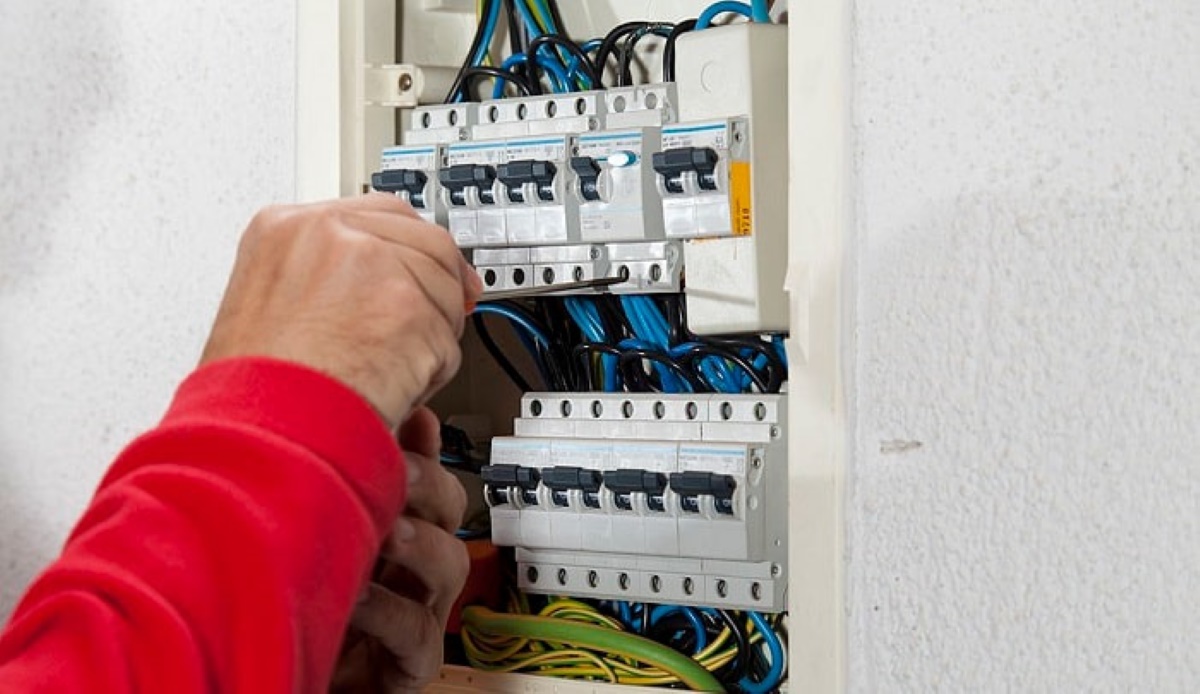
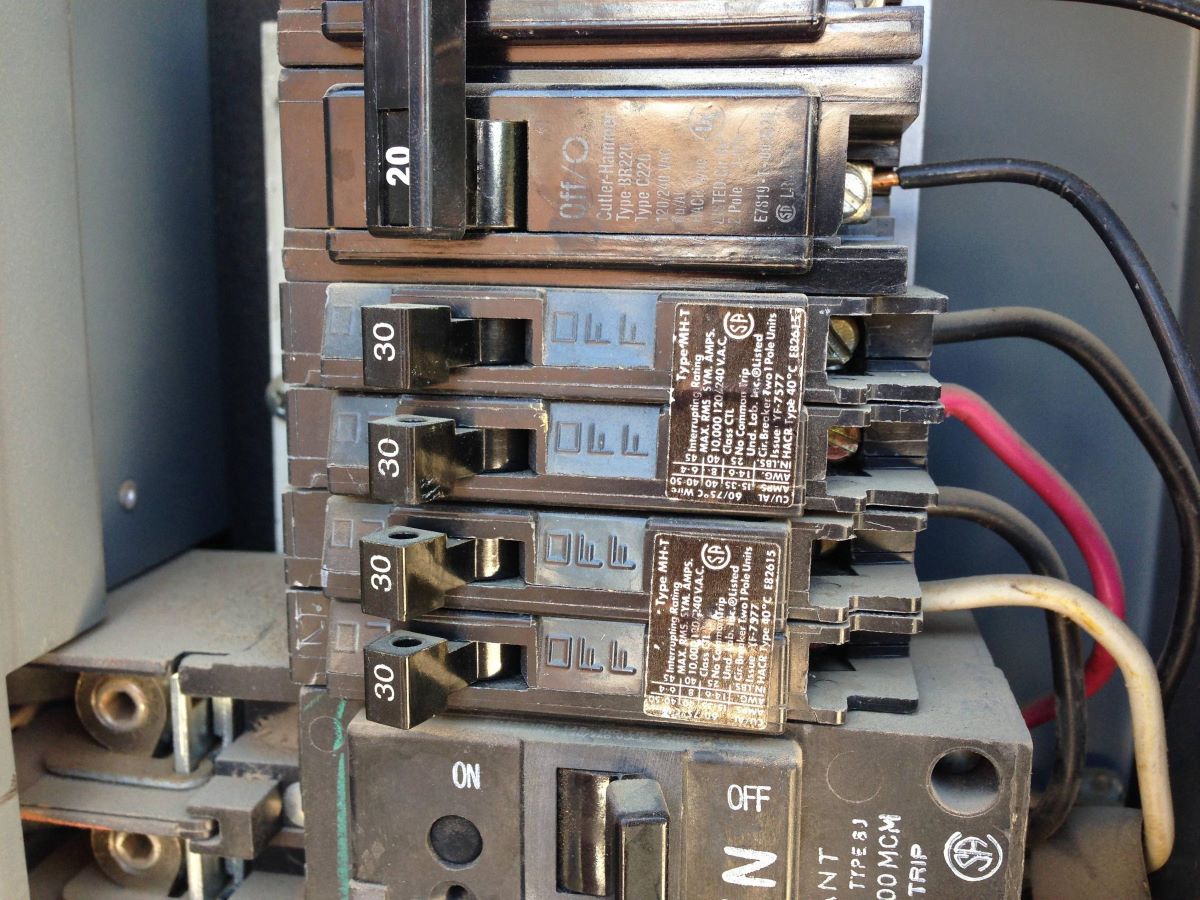
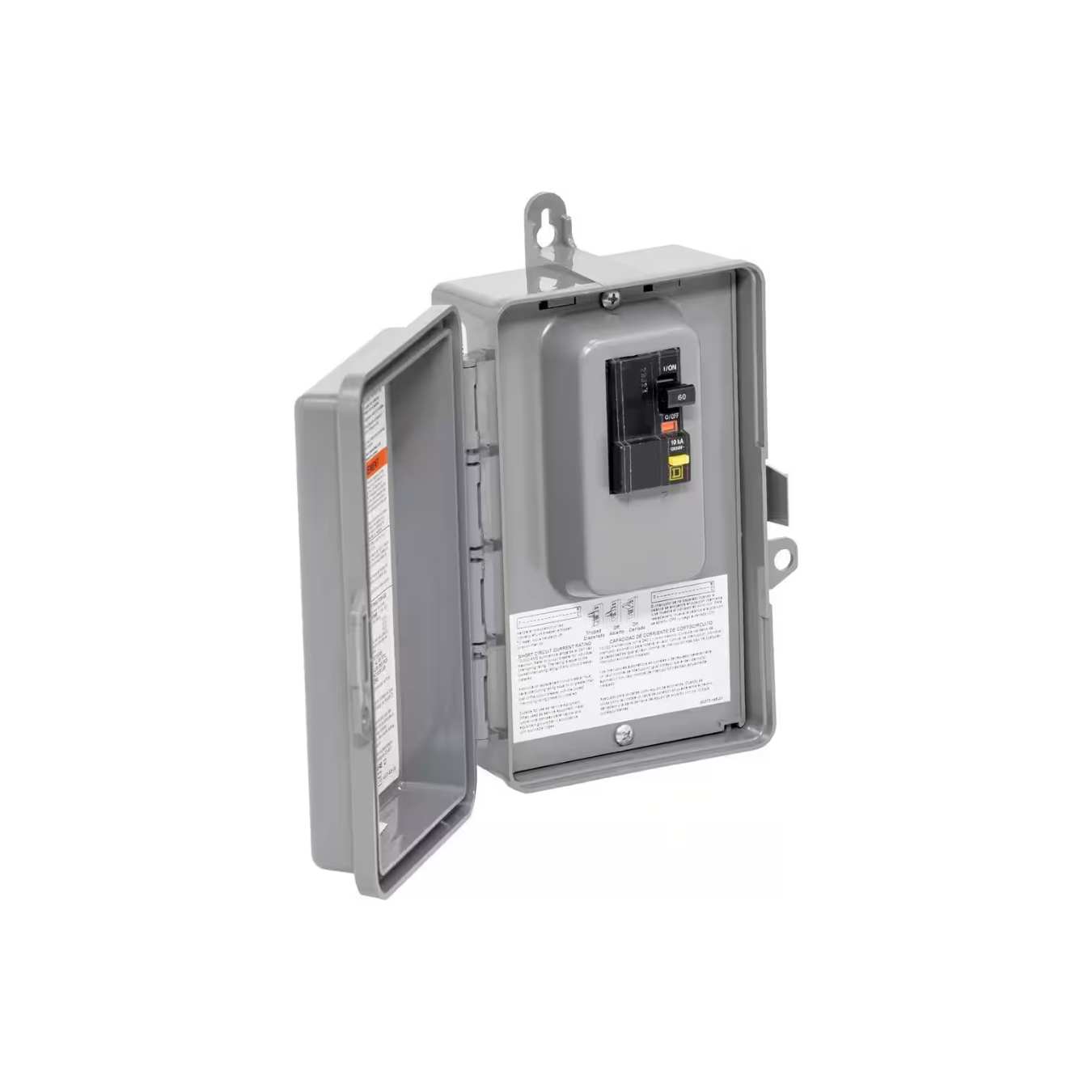
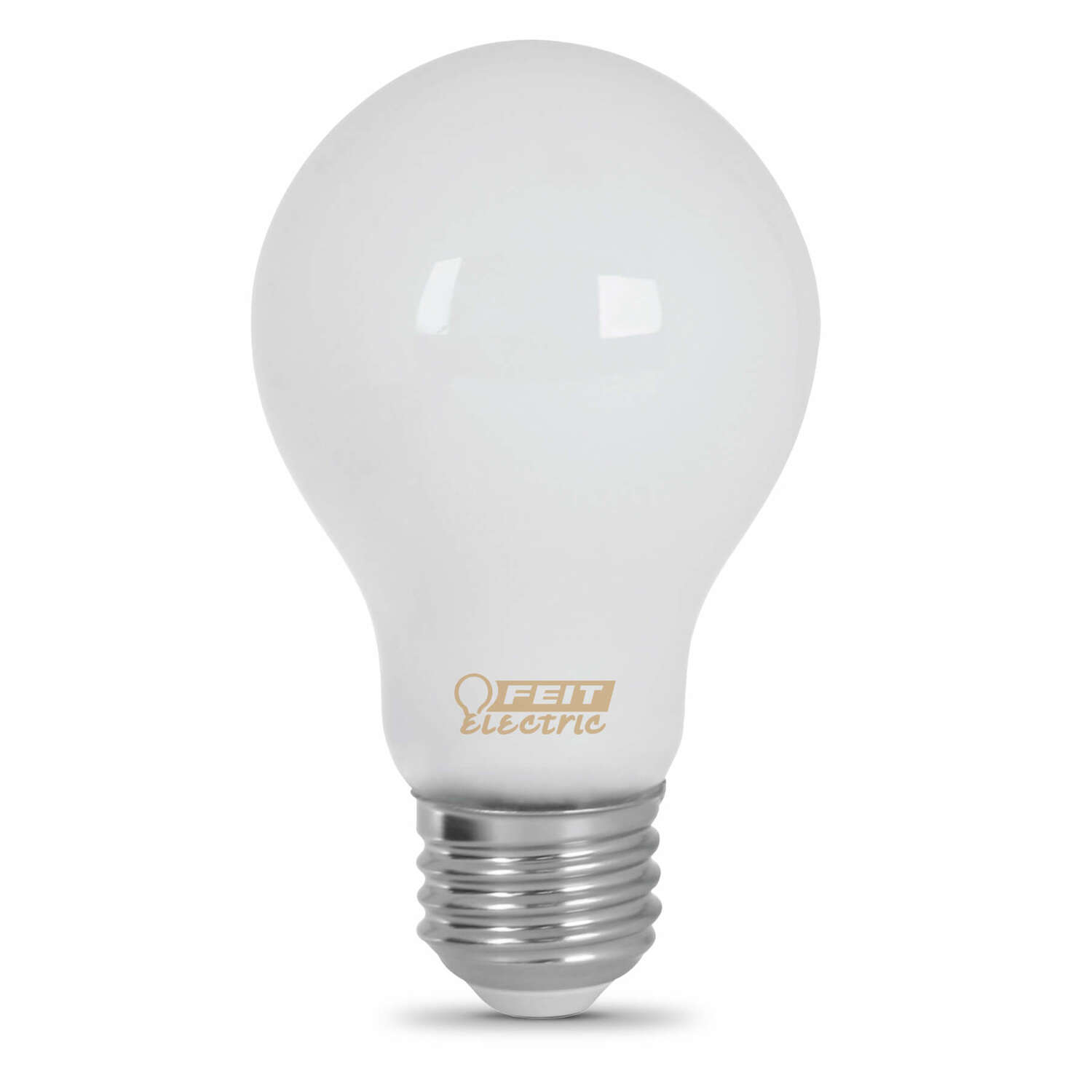
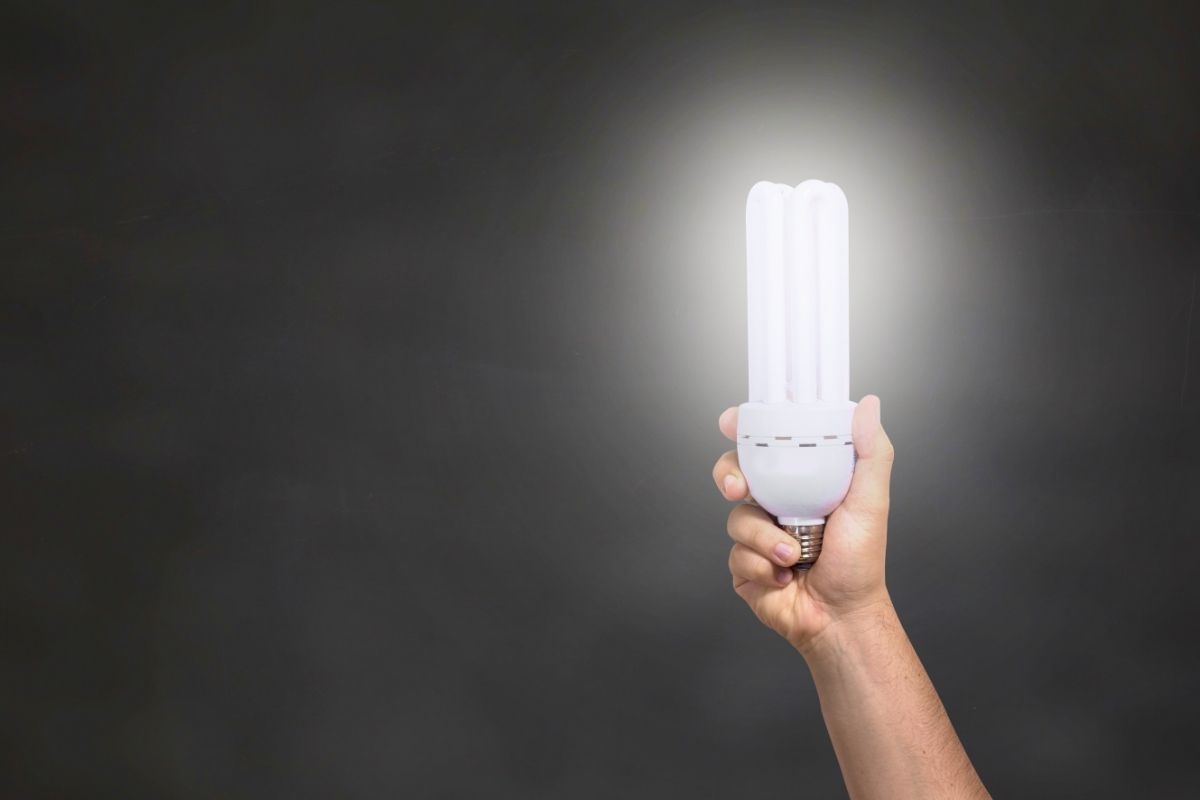
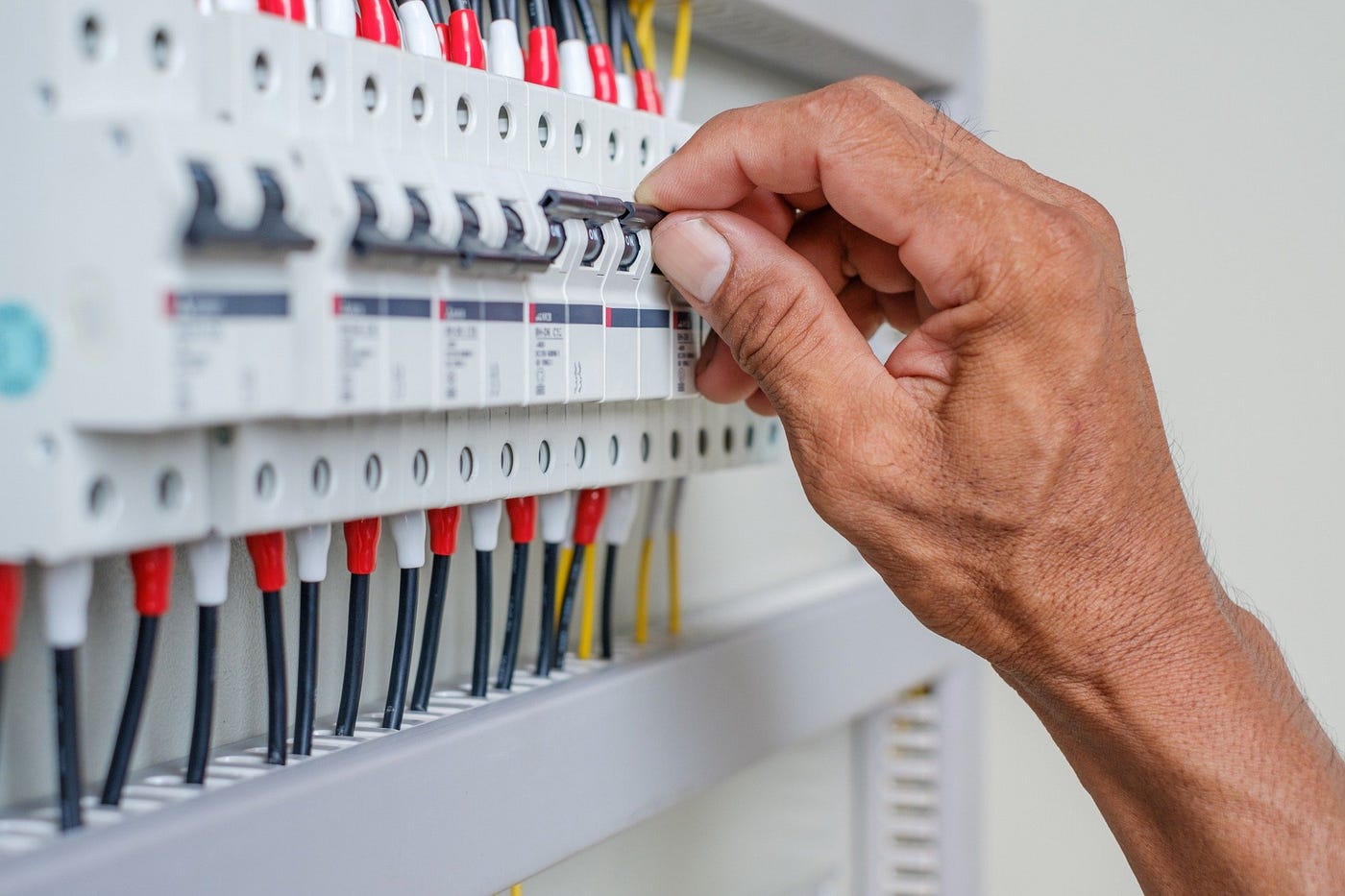
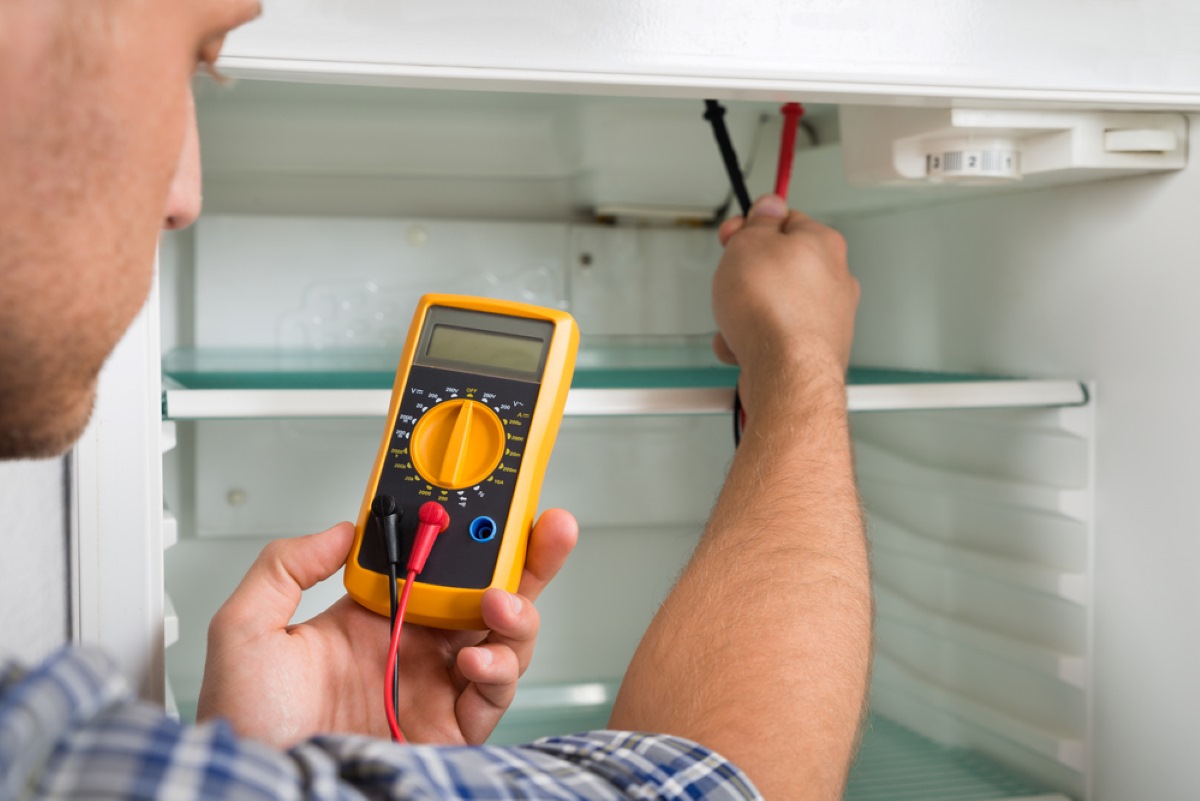
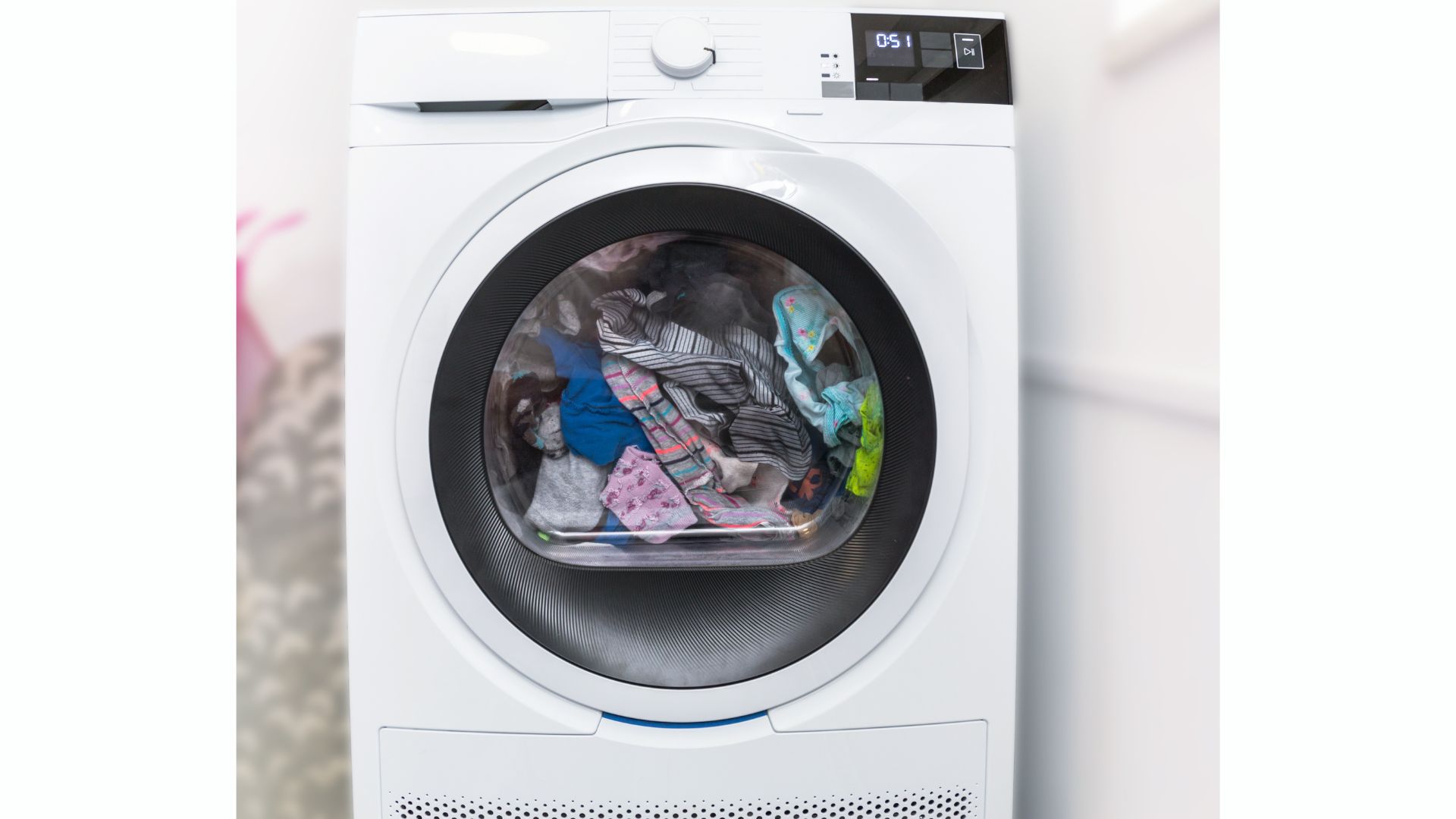
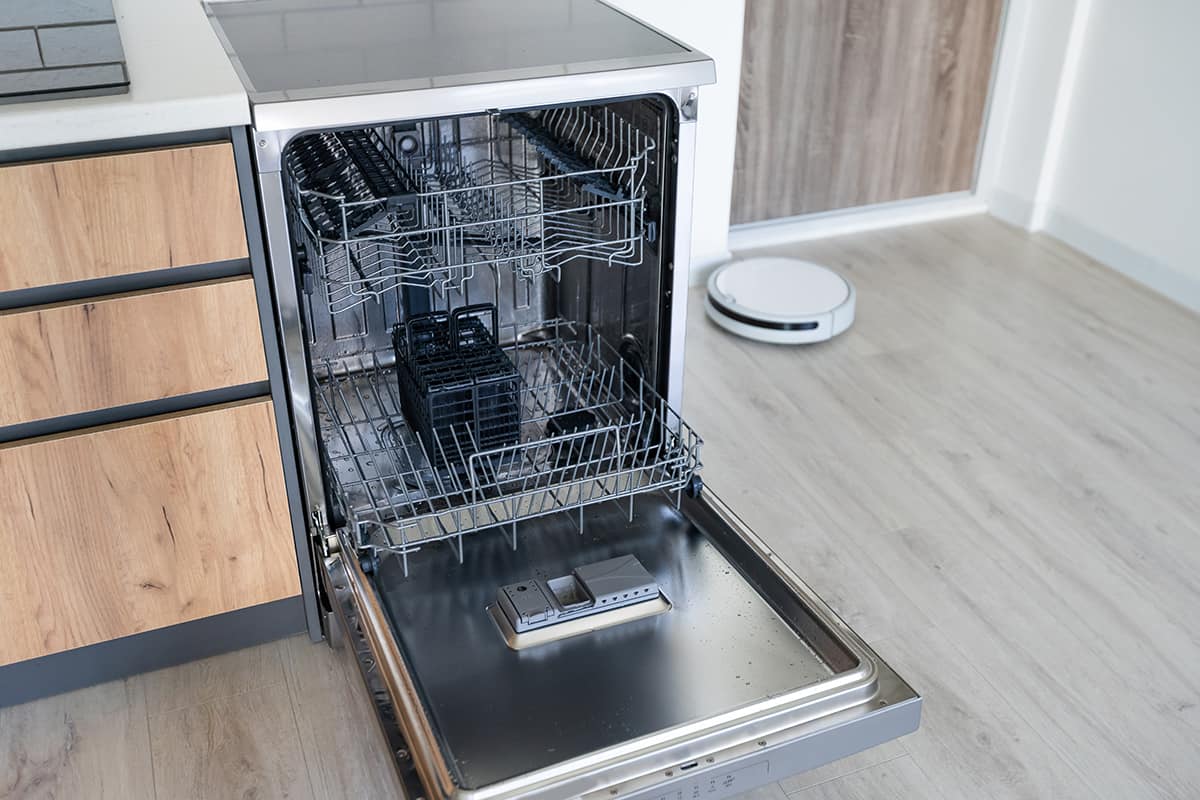
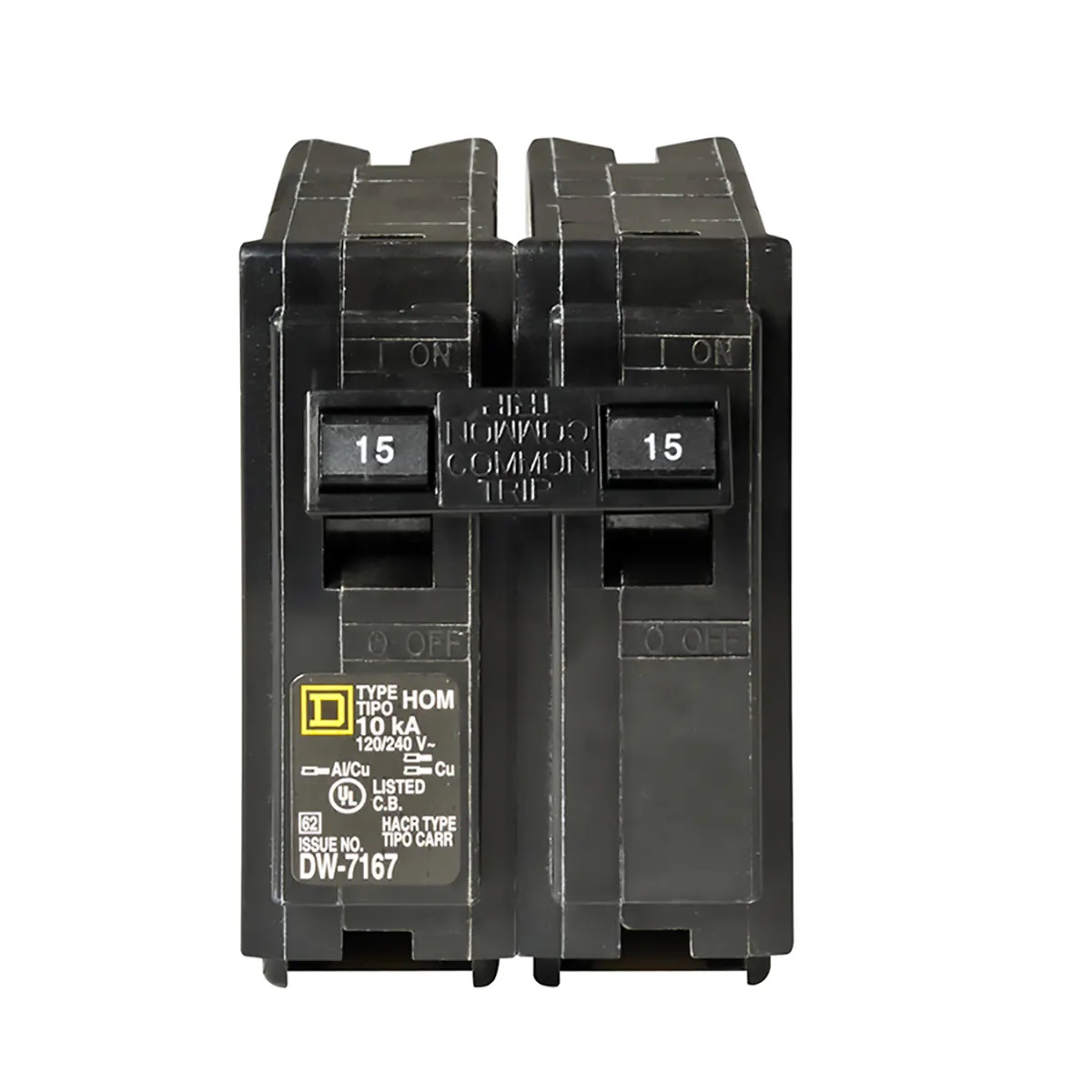

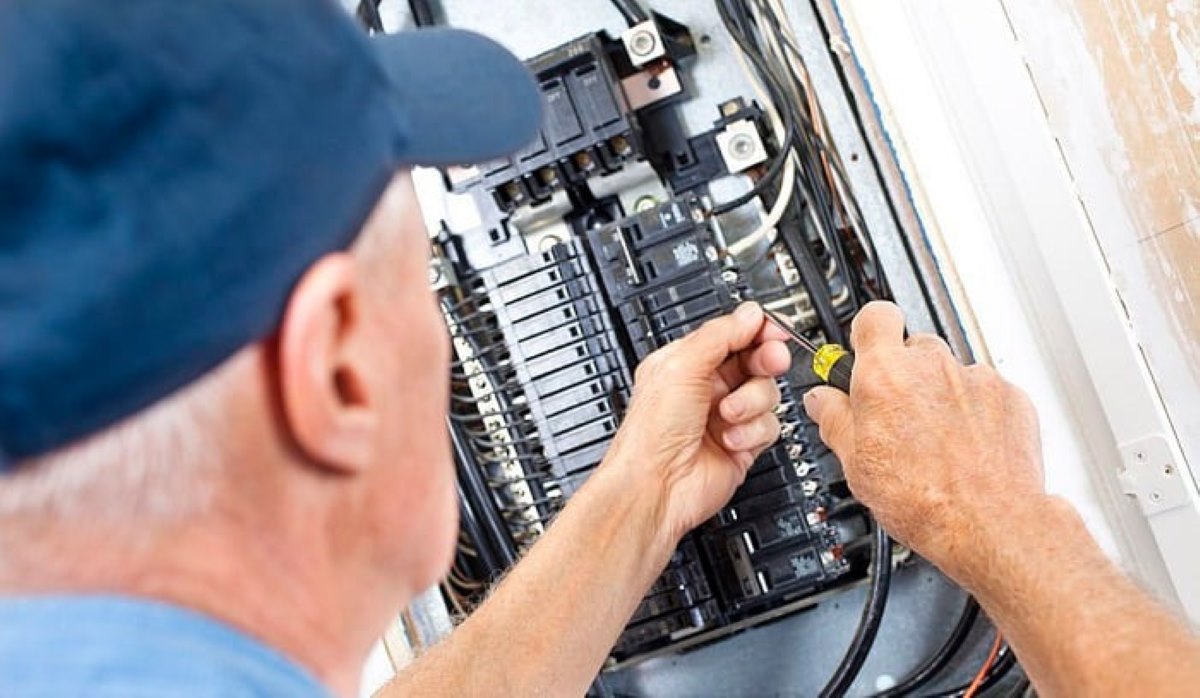
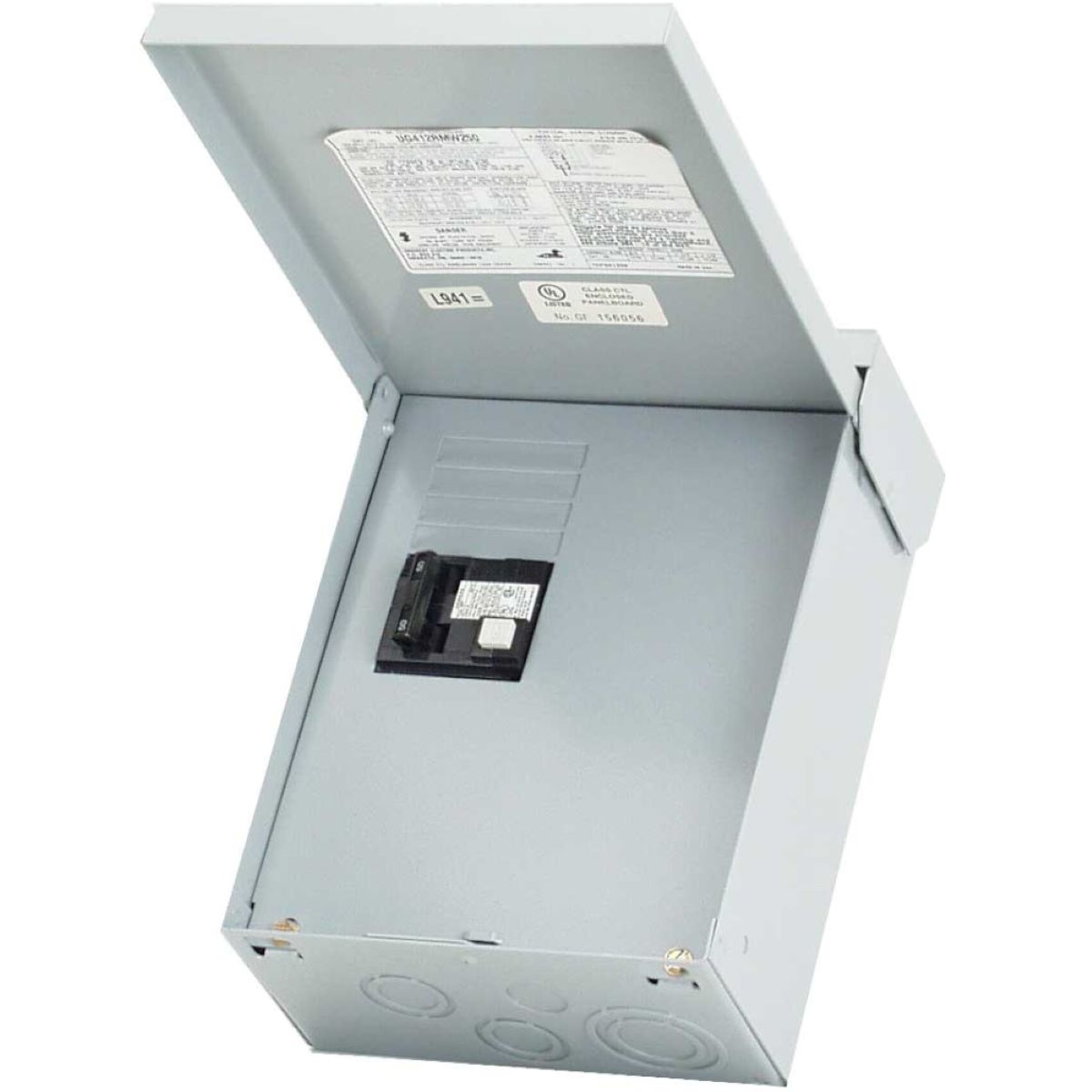
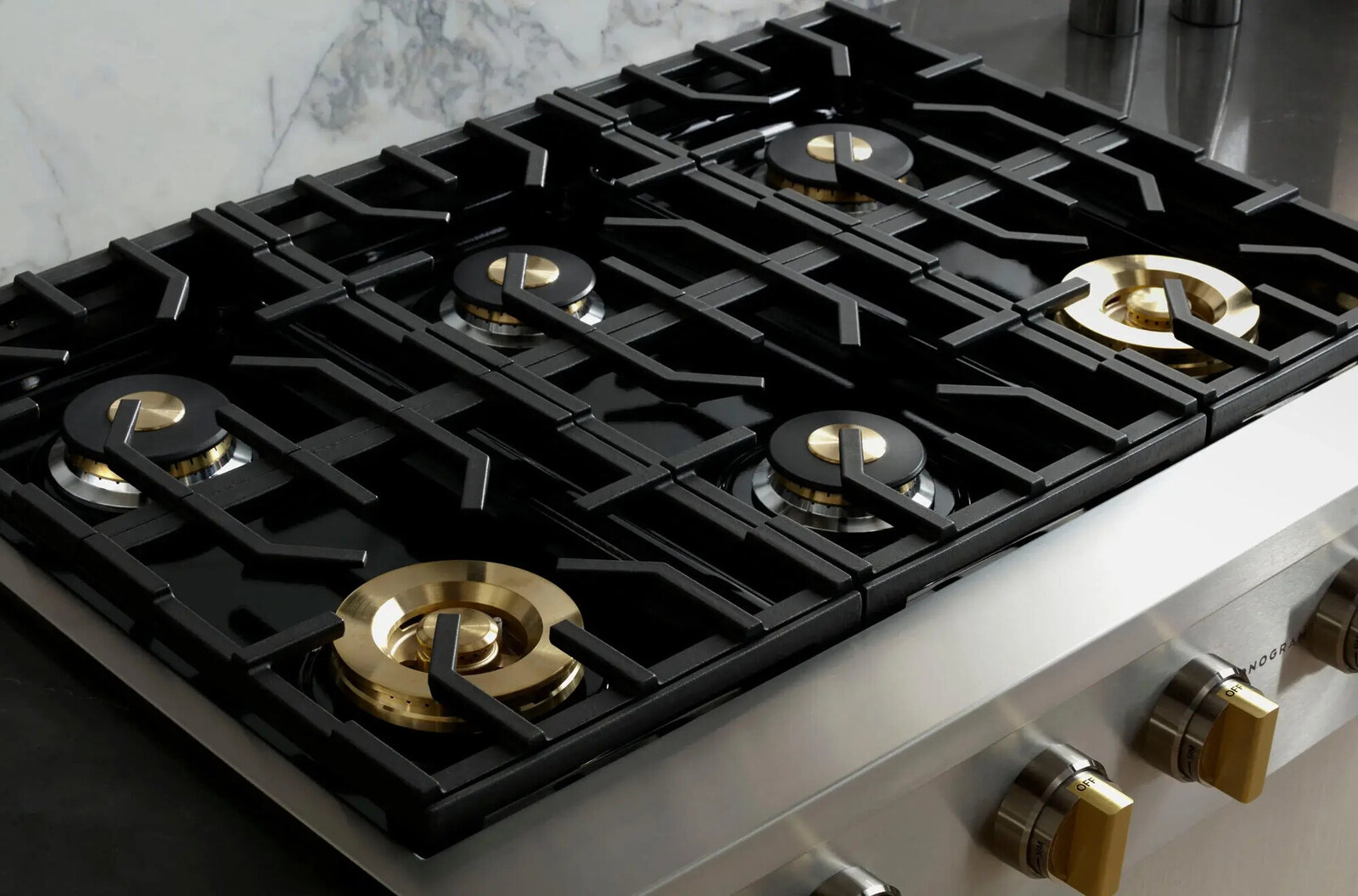

0 thoughts on “How Many Breakers In A 60 Amp Panel”